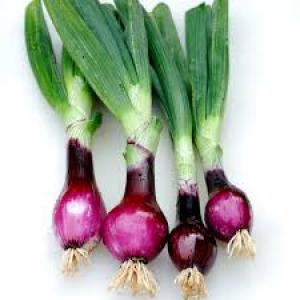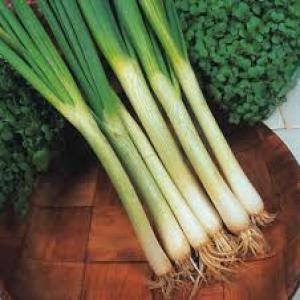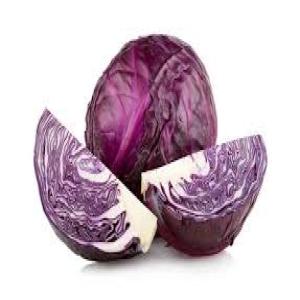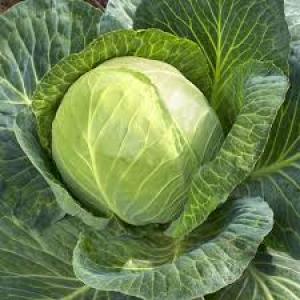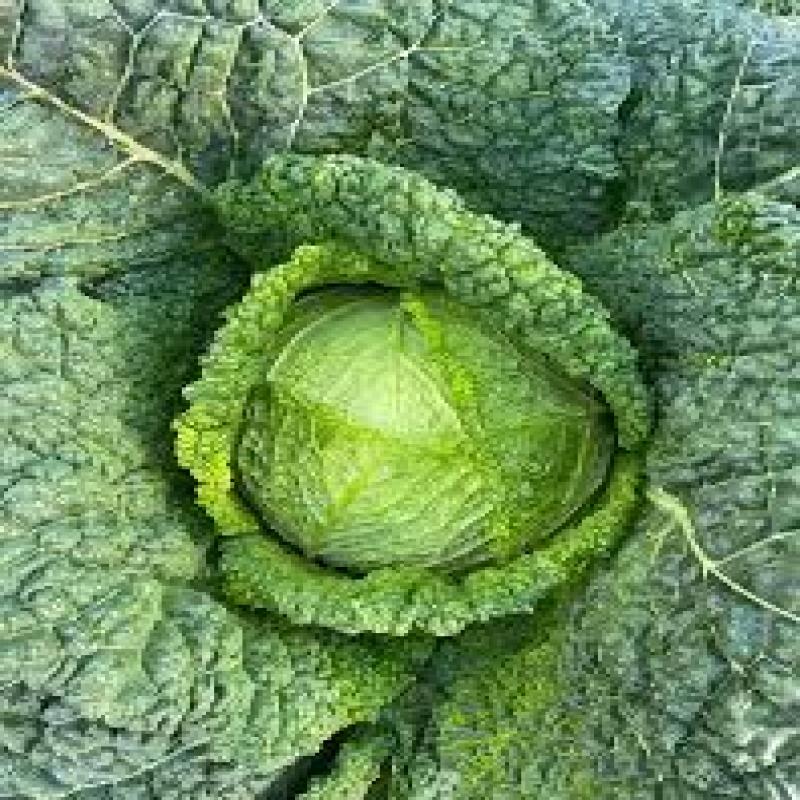

Cabbage Savoy Vertus (Organic) Seeds
Seed Information
- Plant Type Vegetable
- Organic Yes
- Growing Difficulty Moderate
- Germination Time 7-14 Days
- Harvest Time 150-180 Days
- Best Season To Grow Spring / Early Summer
- SunLight Needs Full Sun
- Water Requirements Medium to High
- Height Of Maturity 30-50 CM
- None GMO Yes
- UK Native No
Certified Organic Cabbage Savoy Vertus Seeds - Delicious & Healthy
Grow your own healthy and flavorful Savoy cabbages organically with these certified Vertus seeds. Enjoy their unique crinkled leaves and mild taste.
Growing Instructions
Sowing Time:
-
- Indoor Sowing (for an earlier crop): Sow indoors from early spring to late spring, approximately 4-6 weeks before the last expected frost in your region.
- Direct Sowing (for a later crop): Sow directly outdoors from mid-spring to early summer, after the risk of hard frost has passed.
-
Sowing Method:
- Indoor Sowing: Sow seeds about 1cm (½ inch) deep in modules or seed trays filled with good quality seed compost. Sow one seed per module.
- Keep the compost moist but not waterlogged.
- Place the trays in a cool greenhouse or on a well-lit windowsill. Aim for a temperature of 10-18°C (50-64°F) for germination.
- Once seedlings have developed their first true leaves, thin to one strong seedling per module if needed.
-
Germination: Cabbage seeds typically germinate within 7-14 days.
-
Growing On (Indoor Sown Seedlings):
- Once seedlings are large enough to handle, transplant them into individual 7.5cm (3-inch) pots.
- Continue to grow them in a cool, well-lit environment.
-
Hardening Off (Indoor Sown Seedlings): Before transplanting outdoors, gradually acclimatize the young cabbage plants to outdoor conditions over 7-10 days. Place them in a sheltered spot during the day and bring them back indoors at night, gradually increasing the time they spend outside.
-
Planting Out:
- Transplant outdoors from late spring to mid-summer, once the risk of hard frost has passed and the plants have 4-6 true leaves.
- Choose a sunny spot with firm, well-drained soil.
- Savoy cabbage prefers a soil pH between 6.0 and 7.5. Incorporate plenty of well-rotted organic matter (like compost or manure) into the soil before planting.
- Space plants about 45-60cm (18-24 inches) apart.
- Water plants well after transplanting.
-
Direct Sowing:
- Prepare the soil by raking it to a fine tilth.
- Sow seeds thinly, about 1cm (½ inch) deep, in rows spaced 60cm (2 feet) apart.
- Thin seedlings to 45-60cm (18-24 inches) apart once they are large enough to handle.
Care Instructions
- Watering: Water regularly, especially during dry spells and when the heads are developing. Consistent moisture is important for good head formation. Avoid letting the soil dry out completely.
- Feeding: Cabbages are moderate feeders. After transplanting, you can give them a feed with a balanced general-purpose organic fertilizer. Follow the manufacturer's instructions for application rates. A later feed when the heads are forming can also be beneficial.
- Weeding: Keep the planting area free of weeds, as they compete for water and nutrients. Regular hoeing or mulching can help. Be careful not to damage the shallow roots of the cabbage plants when weeding.
- Pest Control: Cabbage is susceptible to several pests, including cabbage white butterflies (and their caterpillars), cabbage root fly, slugs, and aphids.
- Netting: Using fine mesh netting over your cabbage plants is an effective organic way to prevent cabbage white butterflies from laying eggs.
- Cabbage Root Fly: Use brassica collars around the base of the stems when planting out to deter the fly from laying eggs at the base of the plant.
- Slugs: Employ organic slug control methods like beer traps, copper tape, or nematodes.
- Aphids: Encourage beneficial insects like ladybugs, or use insecticidal soap if infestations are heavy.
- Club Root: While choosing organic seeds doesn't guarantee club root resistance, maintaining good soil health, ensuring good drainage, and practicing crop rotation are important preventative measures for all brassicas. If you've had club root issues, liming the soil to raise the pH can also help.
- Harvesting: Savoy 'Vertus' is typically ready for harvest from late summer to autumn, depending on the sowing time and your local climate. The heads should feel firm when gently squeezed. Cut the heads with a sharp knife at the base of the plant. You can often get a smaller second harvest of loose leaves after cutting the main head.
Enjoy growing your Certified Organic Cabbage Savoy 'Vertus'!





